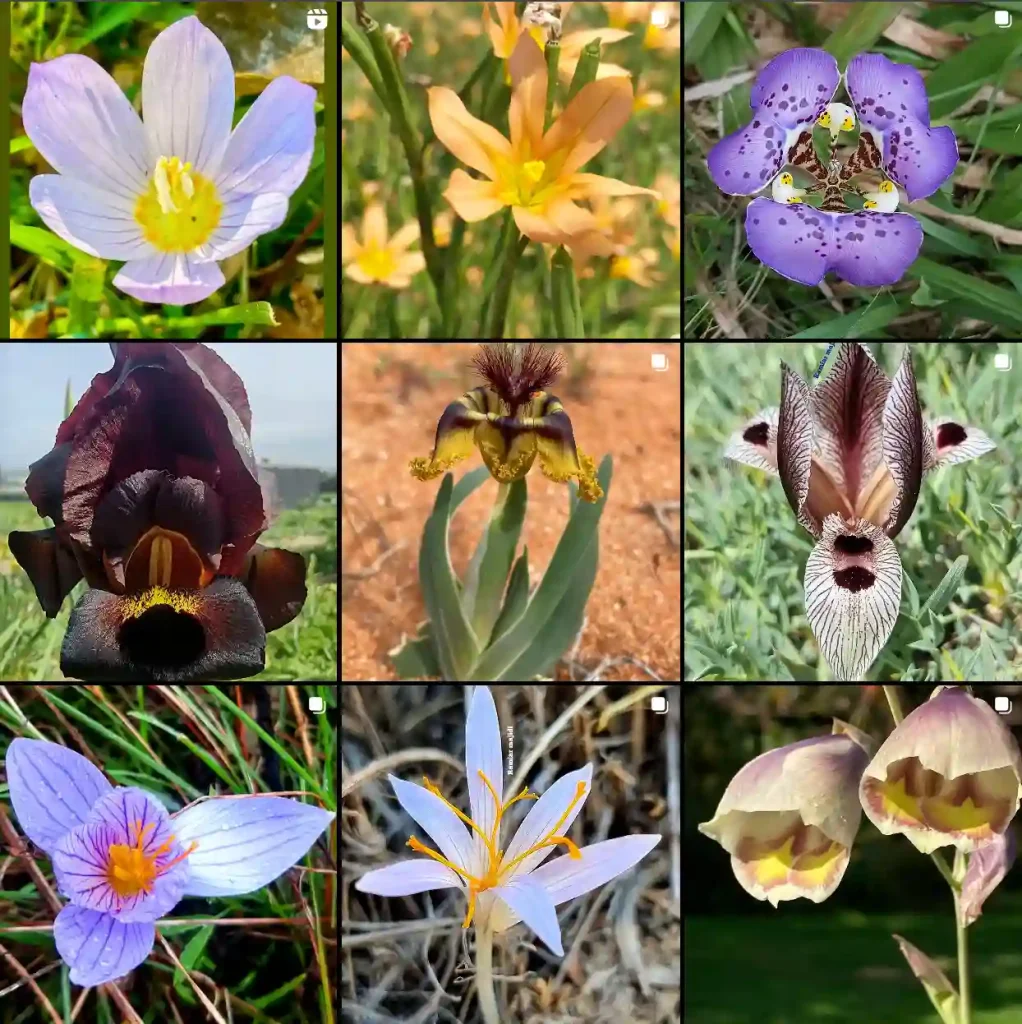Juglans Major: Arizona’s Resilient Walnut
I’m Ferb Vu, and for years, I’s been fascinated by the unique flora of the American Southwest. One such plant that never fails to intrigue me is the Juglans Major, also known as the Arizona Walnut.
This majestic tree holds a special place in the arid landscape, offering not just shade and sustenance but also a glimpse into the region’s ecological history. Here, I’ll answer some of the most common questions about the Juglans Major.
22 Species in Genus Juglans
What is Juglans Major?
The Juglans Major, literally translating to “larger walnut,” is a deciduous tree belonging to the Juglandaceae or walnut family. Native to Arizona and New Mexico, it thrives in rocky canyons and alongside streams, adding a touch of green to the desert.
Standing tall at up to 50 feet, the Arizona Walnut boasts a round canopy and intricate leaves composed of 9 to 15 leaflets. Its flowers, though inconspicuous, play a vital role in the ecosystem. The wind-pollinated, yellowish male flowers and light green female flowers pave the way for the star of the show – the nut.
Can You Eat Arizona Walnuts?
Technically, yes, the Arizona Walnut produces edible nuts. However, unlike its commercially cultivated cousin, the English Walnut (Juglans regia), the Arizona Walnut offers a much smaller reward. The nut itself is encased in a thick, hard shell, demanding a lot of effort for a meager amount of meat.
However, the Arizona Walnut played a crucial role in the diet of indigenous communities. They likely cracked the shells using tools and enjoyed the oil-rich nuts as a valuable source of protein and healthy fats.
Is Juglans Major Similar to Black Walnut (Juglans Nigra)?
The Arizona Walnut shares some similarities with its more famous relative, the Black Walnut (Juglans nigra). Both belong to the same genus and possess the characteristic compound juglone, which can inhibit the growth of certain plants around them.
However, there are some key differences. The Black Walnut is a more widespread species found across eastern North America. Additionally, it boasts larger, commercially viable nuts and a more pronounced allelopathic effect (inhibition of other plants) compared to the Arizona Walnut.
How to plant and care for Juglans Major?
The Arizona Walnut isn’t commonly cultivated, but for those with the space and patience, it can be a rewarding addition to a desert landscape. Here are some things to keep in mind:
• Germination: Seeds require cold stratification (exposure to cold temperatures) before germination.
• Sunlight: Full sun is ideal.
• Soil: Well-drained, slightly alkaline loam is preferred.
• Watering: Young trees need regular watering, but mature Arizona Walnuts are drought-tolerant.
• Growth Rate: Be prepared – the Arizona Walnut is a slow grower, taking years to reach its full size.
Interesting Facts about Juglans Major
The Arizona Walnut holds a special place in the Sonoran Desert ecosystem. Here are some interesting tidbits about this remarkable tree:
• Food for Wildlife: The fruits (including the nut) provide sustenance for various birds and mammals.
• Natural Dye: The young twigs of the Arizona Walnut can be used to create a light brown dye.
• Air Quality: The tree helps improve air quality by absorbing pollutants.
Conclusion: A Resilient Survivor
The Juglans Major stands as a testament to resilience in a harsh environment. Adapted to the arid conditions, it offers a valuable ecological niche while adding a touch of beauty to the desert landscape. Whether you encounter it on a hike or cultivate one in your yard, appreciate the unique character of Arizona’s own walnut.
If i die, water my plants!



